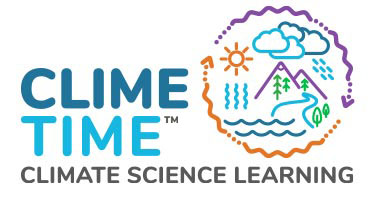This task is targeted to students in grades 6–8 studying ecology and human impacts on the environment. Students identify relationships between human activity and environmental impacts on water resources. Educators can leverage students’ ideas to assess understandings of criteria in evaluating solutions.
Assessment 3D Learning Target
Apply scientific principles to describe how the uses of technologies can mitigate human consumption of natural resources.
Standard Addressed
PE: MS-ESS3-3: Apply scientific principles to design a method for monitoring and minimizing a human impact on the environment.
By Dimension: Specific dimension pieces that this assessment will center on.
SEP(s):
Constructing Explanations and Designing Solutions
- Apply scientific principles to design an object, tool, process or system.
DCI(s):
ESS3.C: Human Impacts on Earth Systems
- Human activities have significantly altered the biosphere, sometimes damaging or destroying natural habitats and causing the extinction of other species. But changes to Earth’s environments can have different impacts (negative and positive) for different living things.
- Typically as human populations and per-capita consumption of natural resources increase, so do the negative impacts on Earth unless the activities and technologies involved are engineered otherwise.
CCC(s):
Cause and Effect
- Relationships can be classified as causal or correlational, and correlation does not necessarily imply causation.
Files
- Teacher Guide
- Task Facilitation Slides
- Student Task Document
- Sense-Making Tool (coming soon)
Other Assessment Resources >
Creators
- Brianne Caviness, Clover Park School District
- Jeff Ryan, ESD 114
- Larissa Threats, Clover Park School District




